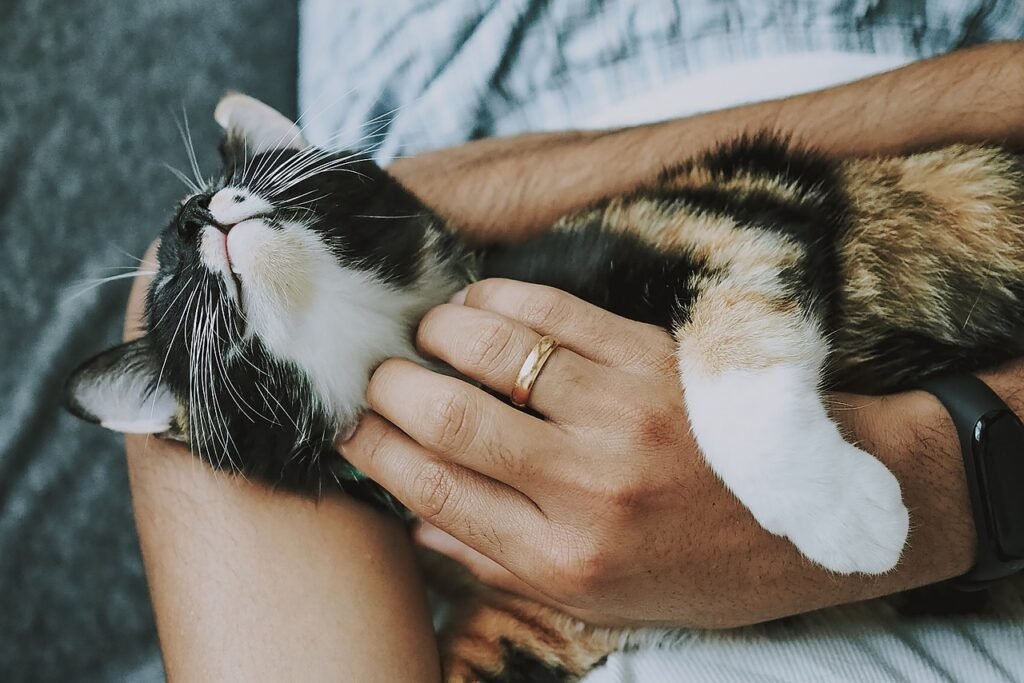
Shedding is a natural process for cats, helping them to remove old and dead fur. While it is a normal part of feline life, excessive shedding can be a concern for pet owners. Understanding your cat’s shedding patterns and knowing how to manage them is crucial not only for maintaining a clean home but also for ensuring your cat’s comfort and health.
Understanding the Shedding Cycle
Cats, like most mammals, have a cyclical shedding pattern. They generally shed more in spring and fall as they adjust their coats for the changing seasons. However, indoor cats may shed year-round due to artificial lighting and controlled temperatures, which can disrupt their natural cycles.
Importance of Grooming
Regular grooming is vital for managing shedding and promoting your cat’s overall well-being. It helps to remove loose fur, distribute natural oils, and prevents matting. Additionally, grooming provides an opportunity to check for skin issues, parasites, and other health concerns.
Top Grooming Tips to Control Shedding
1. Establish a Regular Grooming Routine
Consistency is key when it comes to grooming. Depending on your cat’s breed and coat type, you may need to groom them daily or several times a week. Short-haired cats might need less frequent grooming than long-haired breeds.
2. Choose the Right Tools
The right grooming tools can make a significant difference. For short-haired cats, a rubber brush or grooming glove can effectively remove loose fur. Long-haired cats may require a slicker brush or comb to tackle tangles and mats.
3. Use Proper Techniques
When brushing your cat, be gentle and follow the direction of their hair growth. Begin with a wide-toothed comb to detangle any knots, then use a finer brush to remove loose hairs. Pay special attention to areas prone to tangles, such as behind the ears and under the legs.
4. Incorporate Bathing
While cats are generally good at self-cleaning, occasional baths can help reduce shedding and dander. Use a cat-specific shampoo and ensure the water is lukewarm. Be calm and patient, as many cats might be apprehensive about baths.
5. Provide a Balanced Diet
Nutrition plays a crucial role in the health of your cat’s coat. A diet rich in omega-3 and omega-6 fatty acids can promote healthy skin and reduce shedding. Consult your vet about the best dietary options for your cat.
6. Stay Hydrated
Proper hydration is essential for maintaining your cat’s skin and coat health. Ensure your cat has access to fresh water at all times. If your cat is reluctant to drink water, consider incorporating wet food into their diet.
7. Regular Vet Check-ups
Sometimes, excessive shedding can indicate underlying health issues such as allergies, parasites, or hormonal imbalances. Regular veterinary check-ups can help identify and address any potential problems early on.
Special Considerations for Different Breeds
Short-haired Breeds
Breeds like the Siamese and the British Shorthair typically have less grooming needs compared to their long-haired counterparts. However, they still benefit from weekly brushing to manage shedding and maintain coat health.
Long-haired Breeds
Breeds such as the Persian and Maine Coon require more intensive grooming routines. Daily brushing is often necessary to prevent matting and manage shedding effectively. Special attention should be given to their undercoats.
Hairless Breeds
While breeds like the Sphynx do not shed in the traditional sense, they do require regular skin care to remove oil build-up and prevent skin issues. Bathing every few weeks can help maintain their skin health.
Dealing with Shedding in Your Home
1. Regular Cleaning
Frequent vacuuming and dusting can help manage cat hair in your home. Consider using a vacuum with a pet hair attachment for more effective cleaning.
2. Use Covers
Place washable covers on furniture to protect them from cat hair. This makes cleaning easier and helps maintain the appearance of your furnishings.
3. Lint Rollers
Keep lint rollers handy to quickly remove cat hair from clothing and upholstery. They are an inexpensive and efficient tool for managing fur.
4. Air Purifiers
Consider using air purifiers with HEPA filters to reduce the amount of pet dander and hair in the air, which can also be beneficial for allergy sufferers.
Conclusion
Managing cat shedding is an essential aspect of pet ownership. By establishing a consistent grooming routine, using the right tools and techniques, and addressing your cat’s dietary and health needs, you can effectively control shedding and ensure your cat remains comfortable and healthy. Remember, grooming is not just about reducing fur around the home; it’s a vital component of your cat’s overall care and well-being. With patience and diligence, you can master the art of shedding control and enjoy a cleaner, happier home with your feline companion.
#ChatGPT assisted in the creation of this article.






